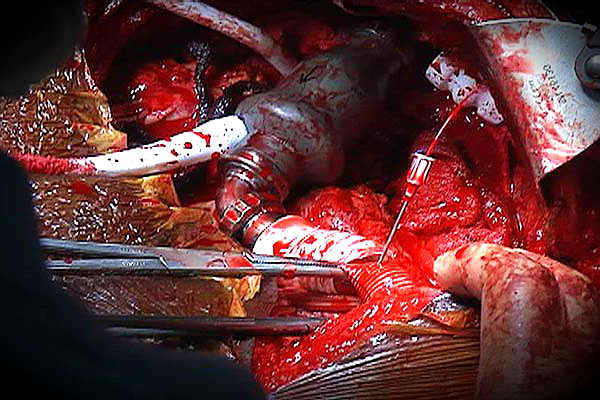We were lucky enough to have Dr. John Hess, one of the fathers of the massive transfusion protocol, come and speak at the University of Maryland’s Critical Care Core Content series. He has been one of the leaders in a concept that has changed the way we think about traumatic hemorrhagic shock and his lecture is a MUST listen.
Audio: Changing the Face of Massive Transfusion.mp3
Pearls
- Stop with the crystalloid already when resuscitating the patient in hemorrhagic shock! Early administration of FFP and platelets, appears to improve outcomes and reduce the requirement for massive transfusion/packed cells.
- Pay attention to the patient’s pH. In the initially non-coagulopathic patient, a drop in pH from 7.4 to 7.2 will reduce clotting activity by 50%. At a pH of 7.0 the patient’s clotting activity will be only 30%!
- What you see isn’t necessarily what you get – when using component therapy for 1:1:1 over fresh whole blood, a portion of the blood products the patient receives will not “survive” in circulation. In fact, about 10% PRBCs are lost in transfusion and up to 30% of platelets.
Suggested Reading
- Murthi SB, Stansbury LG, Dutton RP, et al. Transfusion medicine in trauma patients: an update. Expert Rev Hematol. 2011 Oct;4(5):527-37. PubMed Link.
- Hess JR, Brohi K, Dutton RP, et al. The coagulopathy of trauma: a review of mechanisms. J Trauma. 2008 Oct;65(4):748-54. PubMed Link.



